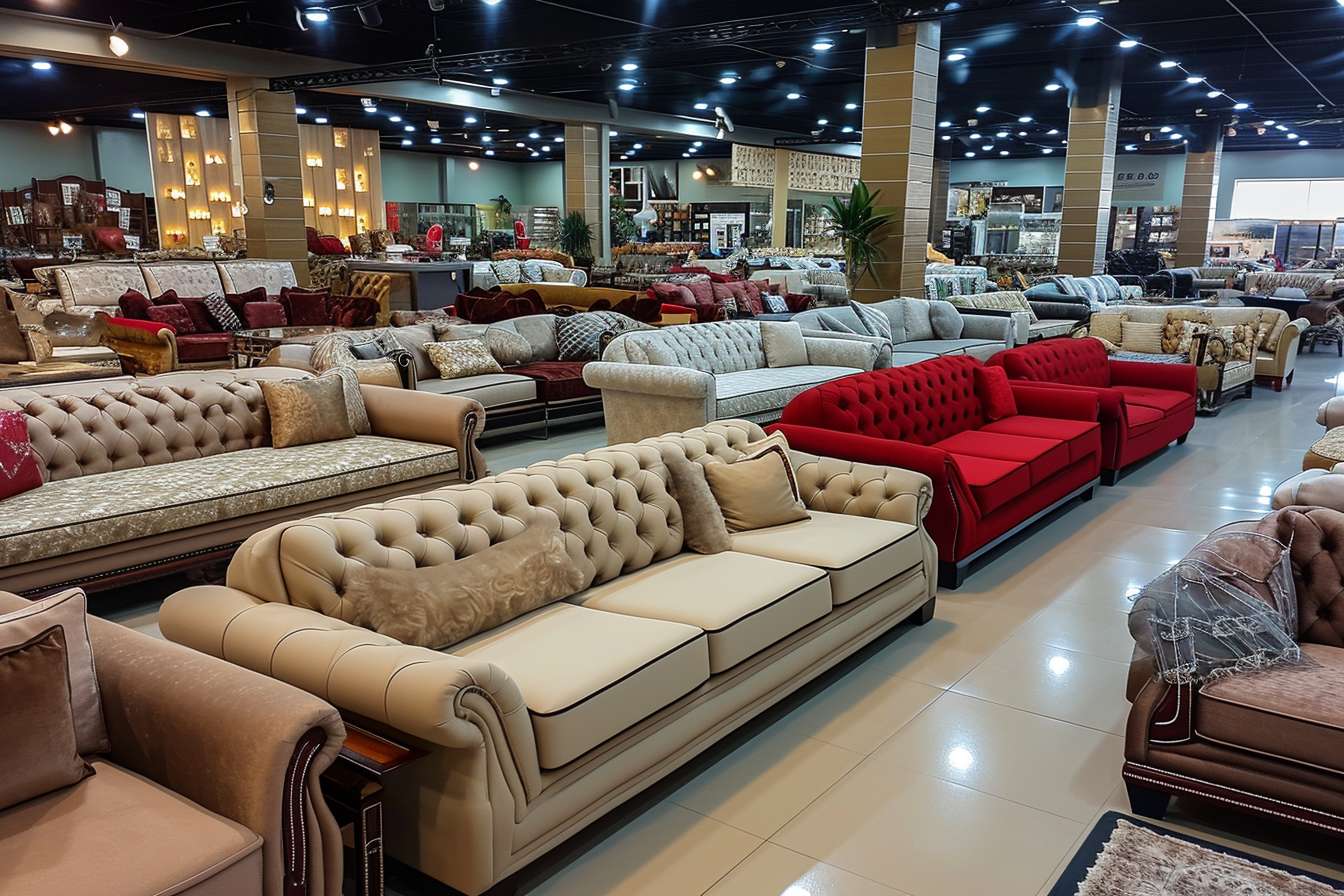Choosing the Perfect Sofa: A Buyer's Guide
Find the right sofa for your home with this detailed guide on materials, construction, sizing, and customization. Learn how upholstery choices, frame quality, suspension systems, and tech features affect comfort and durability. Compare typical price ranges and get practical shopping tips to pick a sofa that fits your style, budget, and daily needs—whether you have kids, pets, or a compact living room.

Choosing the Perfect Sofa: A Buyer’s Guide
A sofa is more than seating—it’s a focal point, a daily comfort, and often one of the biggest furniture investments in a living area. Picking the right model means balancing looks, feel, and longevity. This guide distills the essentials so you can shop with confidence and choose a sofa that suits your lifestyle and space.
Fabric and leather: match material to your life
The upholstery you choose determines how a sofa looks, how it wears, and how much upkeep it needs. Common options include:
-
Leather: Durable and easy to wipe down, leather offers a refined appearance and often improves with age. It tends to be pricier but can last many years if cared for properly.
-
Performance fabrics: Engineered textiles such as microfiber, treated polyester, and other stain-resistant weaves are excellent for households with children or pets. These fabrics resist spills and abrasion and are typically easier to clean.
-
Natural fibers: Cotton and linen deliver comfort and breathability with a casual, natural feel. They can be more prone to staining and show wear sooner than synthetics or leather, so expect more maintenance if you choose these.
Consider samples at home to see how a material reads with your lighting and to test for texture and comfort.
The structure that supports comfort: frame, joinery, and springs
Longevity starts beneath the cushions. Key construction elements to inspect:
-
Frame material: Look for solid hardwood frames—kiln-dried oak, maple, or birch are industry standards for strength and warp resistance. Avoid softwoods or thin plywoods for the primary frame.
-
Joinery: Reinforced corner blocks, double-doweled joints, and metal brackets add stability. These details keep the frame square and reduce wobble over time.
-
Suspension: The spring system makes a big difference in how a sofa feels and ages. Eight-way hand-tied springs are top-tier for consistent support and durability. Sinuous (S-shaped) springs offer good comfort at a more accessible price and are common in mid-range sofas.
Inspect cushions for high-resilience foam or wrapped coil cores if you want shape retention and support.
Measure twice: size, access, and proportions
A beautiful sofa that doesn’t fit is a costly mistake. Before you buy:
-
Measure your room and plan for at least 30 inches of walking space around the sofa unless your layout calls for closer placement.
-
Check entry paths: Measure doorways, staircases, elevators, and tight corners to confirm the sofa can be delivered into the room.
-
Balance scale and proportion: A bulky sofa can overwhelm a small room, while a narrow sofa can look lost in a large living area. Consider seat depth and height relative to the users—deeper seats are great for lounging, shallower ones suit upright seating.
Comfort features and customization options
Today’s sofas offer more than static seating. Options to consider:
-
Adjustable components: Reclining sections, adjustable headrests, and removable armrests let you tailor comfort.
-
Tech integration: Built-in USB ports, wireless charging pads, and hidden storage can modernize functionality for everyday use.
-
Modular systems: Chaise units and sectional modules let you reconfigure seating to accommodate guests or new layouts.
-
Custom choices: Many makers allow customization of seat depth, cushion firmness, arm style, and fabric—useful if you have specific comfort needs or a unique room.
Pricing overview: typical ranges by retailer
| Brand | Budget-Friendly | Mid-Range | High-End |
|---|---|---|---|
| IKEA | $350–$800 | $800–$1,600 | $1,600–$2,500 |
| Ashley Furniture | $450–$950 | $1,000–$2,000 | $2,000–$3,500 |
| Pottery Barn | $850–$1,900 | $2,000–$3,500 | $3,500–$5,000+ |
| West Elm | $750–$1,700 | $1,700–$3,000 | $3,000–$4,500 |
| Crate & Barrel | $950–$2,200 | $2,200–$3,800 | $3,800–$6,000+ |
Cost disclaimer: Prices are estimates and subject to change. Verify current pricing with retailers before purchasing.
How to think about price and value
Price reflects materials, craftsmanship, and brand. A higher price doesn’t automatically mean better value for your needs—evaluate construction details, warranty, and expected lifespan. With regular care, a well-built sofa typically lasts 7–15 years, making durability and comfort worthwhile investments.
Smart shopping tips
-
Research and compare: Read reviews, compare materials and specifications, and look at return policies.
-
Try before you buy: Sit, lie back, and test cushion support in-store where possible. Comfort is subjective—testing helps you avoid surprises.
-
Read the warranty: Note what is covered (frame, springs, fabric) and for how long. Some warranties are limited to structural elements.
-
Delivery logistics: Confirm delivery fees, assembly, and whether the retailer will remove old furniture.
-
Timing and financing: Look for seasonal sales or promotional financing if you’re targeting a premium piece.
Final considerations
Choosing a sofa is about matching daily habits and aesthetics with construction quality. Prioritize the features most important to you—stain resistance, deep lounging, tech integration, or long-term durability—and use measurements and craftsmanship checks to narrow options. With informed selection and proper care, the right sofa can enhance your living space and serve your household comfortably for years.






